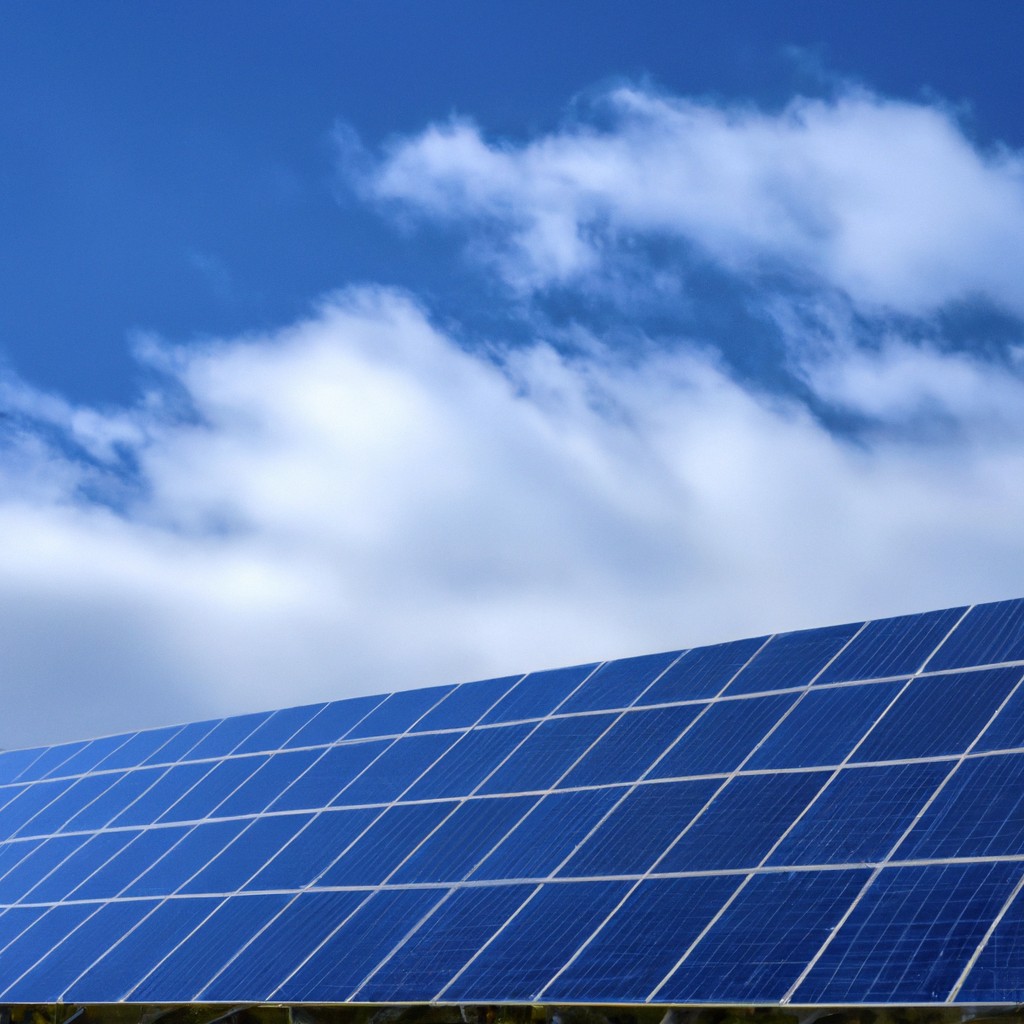Maintaining solar panels ensures peak performance and longevity; here’s what you need to know to keep your system running smoothly.
Key takeaways:
- Regularly monitor your solar system for optimal performance.
- Clean solar panels regularly to remove dirt and debris.
- Address common repairs such as cracked glass and loose connections.
- Solar panels typically last 25-30 years with decreasing efficiency over time.
- Follow a maintenance checklist including visual inspections and professional audits.
Monitoring Your Solar System

To ensure optimal performance, it’s essential to regularly monitor your solar system. Many solar inverters come with a monitoring system that allows you to track production levels. This can often be done remotely via an app or online platform. If production drops unexpectedly, this could indicate an issue such as shading from new obstacles, dirt accumulation, or equipment malfunction.
In addition to production data, monitoring can also provide information on consumption, allowing you to better manage your electricity use. For systems with battery storage, monitoring is crucial to check the health and charge level of the batteries.
Remember, consistent monitoring not only helps in maintaining the efficiency of the panels but also extends their lifespan by identifying and addressing issues promptly. It’s a useful tool to protect your investment and ensure your system is performing as expected.
Cleaning Your Solar Panels
Dust, pollen, and bird droppings can accumulate on solar panels and may reduce their efficiency by blocking sunlight. To maintain optimal performance, a routine cleaning schedule is recommended. Typically, rainfall serves as a natural cleaner, but in dry or particularly dusty areas, a more hands-on approach may be necessary.
If you decide to clean the panels yourself, it’s usually enough to use a hose to rinse off any loose dirt. For more stubborn grime, a soft brush with a long handle or a squeegee with a plastic blade and a hose attachment can be used in combination with soapy water—similar to washing a car. It’s important to avoid metal tools or harsh abrasive products that can scratch the solar panels.
When cleaning, choose a cool part of the day, such as early morning or late evening, to avoid rapid evaporation or overly hot solar panels.
In cases of persistent or tough stains, it might be wise to hire professionals equipped with the appropriate tools and knowledge to ensure the job is done safely and effectively. Remember to always shut down the system before performing any cleaning or maintenance to avoid any risk of electrical shock.
Common Solar Panel Repairs
Solar panels are designed for durability, but occasionally they may require repairs due to physical damage or electrical issues. Cracked glass, while rare, can occur from severe weather conditions or impact. This not only affects the aesthetic but can lead to reduced efficiency and even water seepage, which may damage the cells. Professional repair or replacement of the glass is recommended.
Loose connections can disrupt the flow of electricity. This can happen as a result of thermal cycling, causing expansion and contraction that loosens connections over time. An electrician can secure these connections and ensure optimal electrical flow.
Inverters, which convert solar energy into usable electricity, have a shorter lifespan than solar panels and may need replacement or repair every 5 to 10 years. Indicators of inverter issues include a drop in power output or abnormal error codes.
Micro-cracks in solar cells may develop from physical stress during installation or environmental strain. These can reduce the output efficiency, but often are not severe enough to require immediate action. However, they should be monitored to avoid future problems.
Lastly, pest infestations, particularly from birds or rodents, can damage wiring and require pest control measures alongside repair to the insulation and wiring. Regular inspections help in identifying and addressing such issues promptly.
How Long Do Solar Panels Last?
Solar panels are engineered for longevity, typically offering a productive lifespan of 25 to 30 years. While they don’t stop functioning after this period, efficiency does decrease beyond their warranty lifetime, generally at a rate of about 0.5% to 1% per year. The degradation rate is influenced by factors such as climate, the quality of the panel, and the brand.
Advancements in technology have led to better UV protection and durability against environmental factors, extending the potential lifespan of newer models. Some high-quality panels even boast lower degradation rates, maintaining over 90% efficiency after 20 years.
It’s also worth noting that while the solar panels themselves are long-lasting, other components of the system, such as inverters, may require replacement or maintenance every 10 to 15 years. Proper care, combined with routine inspections, can help maximize the lifespan and efficiency of the entire solar power system.
Solar Panel Maintenance Checklist
Regular inspections can ensure your solar panels operate efficiently. Here’s a comprehensive checklist to maintain optimal performance:
- Visual Inspection: Quarterly, observe panels for any physical damage, such as cracks, warping, or discoloration. Confirm that mounting frames are secure.
- Energy Production Check: Monthly, compare the power output with previous months and the same period from past years to detect any significant drops that could indicate a problem.
- Cleaning Schedule: Panels typically require cleaning one to two times annually, but this can vary based on your location and the level of debris they are exposed to. Dust, leaves, and bird droppings can all affect performance.
- Shade Evaluation: Annually, ensure that new tree growth or constructed objects haven’t started to cast shade on your panels. Even partial shading can reduce efficiency.
- Inverter Health: Ensure the inverter’s green light is on, signifying proper functioning. If it’s off or flashing, consult the owner’s manual or contact a professional.
- Professional Audit: Every few years, hire a certified technician to perform a more detailed inspection, which includes checking wiring and connections, ensuring proper grounding, and examining the inverter and other components.
By adhering to this checklist, you can help extend the lifespan of your solar panels and secure a consistent power supply.




